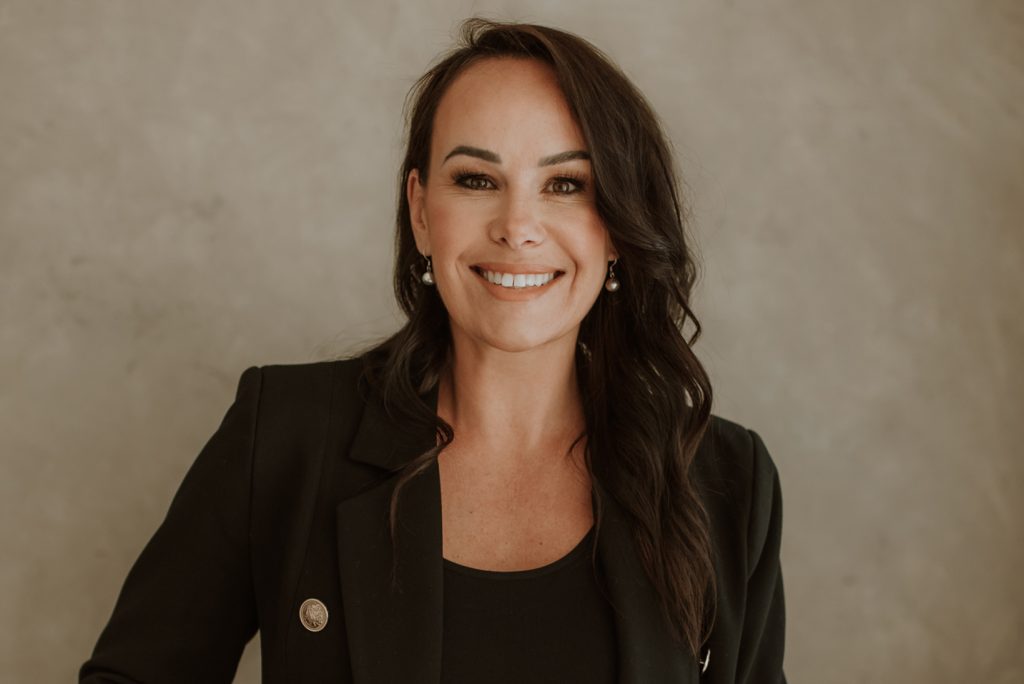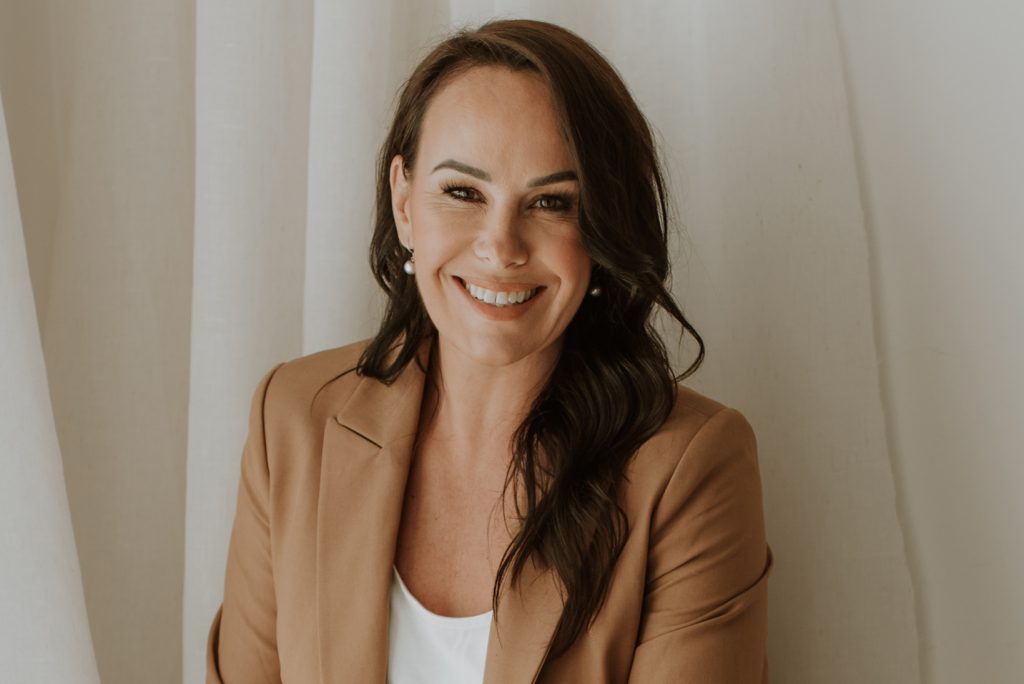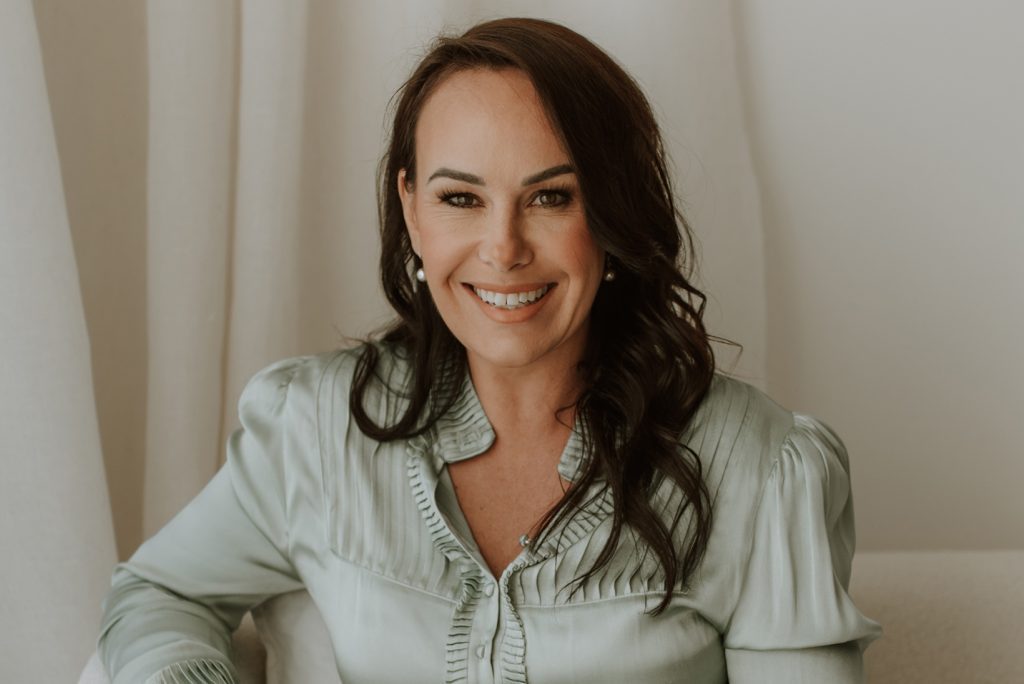July 1, 2024
The jury is out on how best to approach day one as a new CEO – academic literature is mixed, educated guidance is contradictory and action plan numbers often fluctuate.
Some suggest the first 90 days are critical, others argue it’s now 90 hours. Yet a few claim that the first 1000 days are based on the first 100.
Is this a time for all guns blazing? Or will a listen and learn approach suffice?
Regardless of timing and tact, there’s a strong school of thought that day one starts when you accept the job, not when you walk into the office building.
For Cassandra Ashworth, methods are subjective. What is indisputable however is that “culture eats strategy for breakfast.”
“It’s true,” Ashworth said. “You can create all the strategies and 90-page documents in the world but if you don’t have an amazing culture where people want to come to work and perform then you’re not going to be successful. That’s my approach, always people first.”

This famous quote from Peter Drucker – which is also the well-publicised mantra of Satya Nadella as CEO of Microsoft – is the bedrock upon which Ashworth has built an executive career spanning more than 25 years.
“I approach my first 30 days based on 4-5 key pillars which I believe are important,” outlined Ashworth, fresh from joining Rapid Circle as new Managing Director and CEO across Australia and New Zealand (A/NZ), effective 1 July.
This is best summarised as:
“Listening and gathering insights from people in the team is crucial,” Ashworth said. “Your business is nothing without the people that work for your organisation.
“To support this, data driven insights are incredibly important in shaping my early understanding of what’s working and what’s not working – examining the trends, data and P&L.”
Context is everything and once established, collaboration is key.
“Always bring people together,” Ashworth added. “I’m not a new leader coming in and saying, ‘okay, we’re going to head in this direction’. That doesn’t work. Instead, let’s run agile workshops and create a vision with alignment and buy-in from the start.
“Once we have buy-in, it’s time to energise everyone so they can play a key role in accelerating towards the goal – supported by a strong governance model. Then, we celebrate our successes.”
Speaking after putting the final touches to an updated ‘Meet Cassandra’ presentation, Melbourne-based Ashworth acknowledged with a smile that this approach is based on personal preference and experience.
If the pillars shape the first 30 days of engagement, then core values bring this blueprint to life. Understanding the ‘why’ of each team member – and what gets them out of bed each morning – is crucial.
“I introduce my core values from as a child that define who I am as a person,” Ashworth. “This is all about trust, community, achievement and fun – that’s what I love.”
The final core value is equality.
“I was the only female football player back in the early 1980s, at a time when girls didn’t play Aussie Rules,” Ashworth recalled.
“But I played and my parents taught me the value of equality when I was younger. I remember that my father really encouraged equality and made a stand for me to be able to play with my local football club.”
As a champion for equality, Ashworth is passionate about elevating women of all ages – serving on the board for Business in Heels during the past five years and leading many industry initiatives, such as the Gender Equity Awards.
“Absolutely, I’ve experienced the boys club and it can be very lonely for a female executive to be the only female in a boardroom,” Ashworth noted.
“But the more we talk about equality, the more it’ll have a voice and we’ll start to see change. And it’s getting better compared to when I started in the industry in 1996. There’s a huge difference and businesses have policies that focus on gender equality, diversity and indexes.”
Equality expands beyond gender diversity however, also incorporating ethnicity, age and culture among many others.

“When everyone in a team looks the same, that doesn’t create diverse thinking and equality,” Ashworth added.
“What attracted me to Rapid Circle was the culture. The founder is still heavily involved in the business and the tenure of our high-performing team is long – on average, more than five years – which speaks volumes.”
Path to growth starts here
Founded in 2008 and headquartered in the Netherlands, Rapid Circle is the brainchild of Harold Punter, Wilco Turnhout and Daniel McPherson. The solution provider goes to market as an award-winning Microsoft partner possessing global reach and scale.
Since setting up shop in Australia in late 2009, the business has built strong pedigree on both sides of the Tasman – operating out of Melbourne, Sydney, Brisbane, Adelaide, Perth, Auckland and Wellington.
The serving of more than 200 customers has been enhanced with the local acquisitions of Microsoft partners vNEXT (2023), Seven Sigma (2022), Adopt & Embrace (2021) and Insync Technology (2021).
As CEO, Punter cited the appointment of Ashworth as pivotal in leading the A/NZ business to the next phase of growth, in alignment with the “exciting innovation” taking place across the market in relation to artificial intelligence (AI) and machine learning (ML).
“Our expansion is booming, with recent acquisitions like vNEXT and the demands we are seeing from customers to deliver Microsoft-based AI and cloud solutions to advance productivity and improve business outcomes,” Punter said.
“Therefore, we needed to bring in experienced leadership who excels at customer solutions, delivering business transformation and critical outcomes in today’s current economic climate.”
As a member of the global leadership team, Punter said Ashworth brings “deep experience” in enterprise sales and solutions built with leading technology providers, backed by a “strong track record” helping organisations achieve “what’s next” with Microsoft technologies.
“I look forward to leading and growing our award-winning team in A/NZ, working closely with Microsoft and our joint clients to unlock business value,” Ashworth added. “My appointment is about the growth and next evolution of Rapid Circle and I’m definitely that type of change leader.”
Rapid Circle houses more than 150 skilled employees in A/NZ and is supported by an offshore delivery centre in India. Customers span enterprise, mid-market and small to medium-sized business (SMB) segments with expertise across all industry verticals – notably financial services, education, manufacturing, utilities and natural resources.
Having been present in the local market for 15 years, this isn’t a boots-on-the-ground type assignment for Ashworth – who previously held senior executive roles at Wipro, DXC Technology and NEXTDC among others – rather a mandate to deliver the next level of growth.
“Growth is focusing on our current customers as we have a huge install base already,” Ashworth explained.
“The CIOs I talk to all share the same challenges, meeting growing expectations of the business, addressing the risk that comes with legacy technology, technology debt, delivering with tight budgets and navigating the potential of AI. This is while looking for more specialised partners with strong local capabilities to deliver material results.”
According to Moxie Research – which surveyed 251 IT decision-makers in Australia during February 2024 – 57% of organisations will remove reliance on “outdated or obsolete” technology environments during the next 6-12 months.
This will anchor accelerated plans to implement widespread technology modernisation initiatives (53%) as companies seek to clear the decks to create a “breeding ground” for disruptive technologies (47%).
For many CIOs, getting the house in order is paramount to future innovation efforts with modernisation agendas outlined in order of priority:
“Businesses are incredibly challenged at the moment,” Ashworth noted. “CIOs are dealing with the pressure of internal stakeholders demanding that IT starts to uplift employee experience, as well as leveraging automation to do more with less. For many, they don’t know where to start.”

Such market conditions are playing out in the numbers with 74% of CIOs in Australia now engaging more directly and frequently with key business stakeholders, amid requirements to present innovative technology roadmaps to the board (65%).
In most cases, AI sits at the heart of these roadmaps. According to Moxie Research, this ranks as the leading solution deployment priority for Australian organisations in FY25, ahead of cyber security (no.2) and cloud management (no.3).
CIOs consider the positive impact of AI to be profound, with the biggest company benefits expected to be found via enhanced:
“AI appetite is high but adoption remains mixed depending on the vendor and the solution provider,” Ashworth highlighted. “We have AI built into almost every platform and solution but currently, most businesses don’t know where to start and find this stage very confusing.”
Supporting this observation, 56% of businesses will increase collaboration with specialist third-party IT vendors and partners to maximise the potential of AI during the next 6-12 months.
“Some businesses are starting to adopt specific use cases, typically around productivity gains which is easy to achieve through Microsoft Copilot,” Ashworth said. “But then expanding that across multiple use cases and different business segments is when real value will be demonstrated.
“It’s slow steps and organisations haven’t gone wall-to-wall AI at this stage but individual use cases are emerging. It’s early days.”
Building a business on Microsoft
In looking ahead, Ashworth said the company’s strengths as a leading Microsoft partner are “uniquely positioned” in a market increasing demand for AI, cloud and modern workplace expertise.
“I’m excited about the Microsoft innovation and how this is accelerating the transformations of our customers,” Ashworth added.
“Some of the larger providers are expensive and slower to respond in market. But we’re boutique and provide highly specialised onshore services – being quick, nimble and working closely with Microsoft to transform customer environments together is where we can make a difference.”
Rapid Circle’s heritage in delivering on the potential of the Microsoft stack is deep-rooted. This was the first cloud partner to roll out Office 365 on a large scale in Europe, earning recognition as Microsoft Global Partner of the Year (Health) in 2015.
Fast forward to 2024 and the business was recently honoured as Microsoft Global Partner of the Year (Employee Experience), a fifth acknowledgment on the worldwide stage.
“Our aim is to be Australia Partner of the Year in 2025 – we’re happy to put that marker down in public,” Ashworth confirmed.
“With the power and innovation of Microsoft, we want to drive business outcomes and business value that the market desperately needs right now. We know competition is strong within the partner ecosystem but we have adopted an international strategy and have a very talented and skilled team to deliver locally.”
The appointment of Ashworth follows the recent departure of Stewart Bairstow, who headed up the local business for more than five years.
Inform your opinion with executive guidance, in-depth analysis and business commentary.